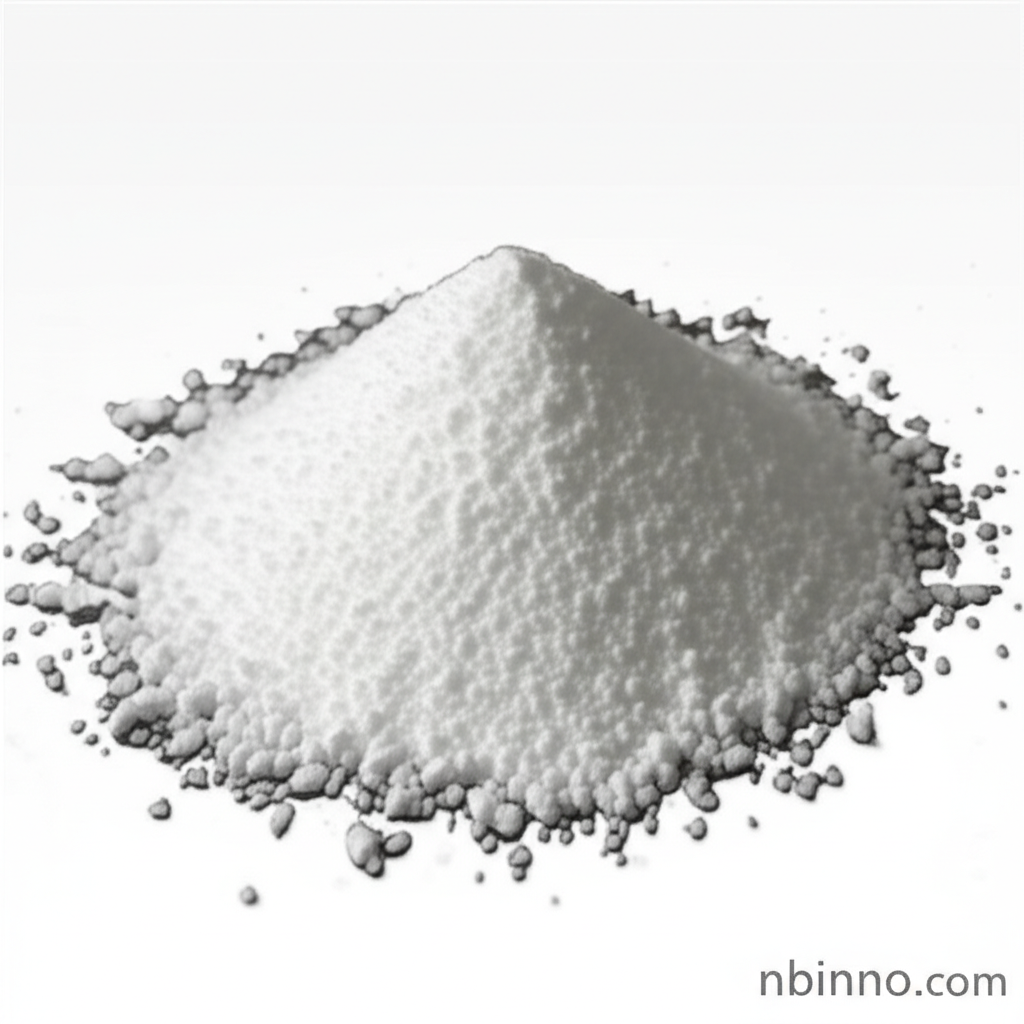High Performance Anionic Polyacrylamide (APAM) for Efficient Water Treatment and Industrial Applications
Discover the versatility of Anionic Polyacrylamide (APAM), a critical polymer solution for enhancing water treatment processes and driving efficiency across a multitude of industrial applications. As a leading supplier, we provide high-quality APAM to meet your specific needs.
Get a Quote & SampleProduct Core Value

Anionic Polyacrylamide
As a trusted supplier in China, we offer Anionic Polyacrylamide (APAM), a high-performance polymer renowned for its exceptional flocculation and thickening properties. APAM is a water-soluble linear high-molecular-weight polymer, crucial for processes requiring efficient solid-liquid separation. Its anionic charge allows it to effectively capture positively charged particles, making it indispensable in various industrial wastewater treatment scenarios and other critical applications. We pride ourselves on providing reliable chemical solutions to our global clientele.
- Water Treatment Applications: Utilize APAM for superior water clarification, purification, and sludge dewatering, ensuring effective treatment of industrial wastewater and domestic sewage, and fulfilling your water treatment applications needs.
- Mining and Mineral Processing: Enhance your mining operations with APAM for efficient solid-liquid separation, crucial for tailings dewatering and slurry management, aiding in mining and mineral processing.
- Papermaking Additive: Improve paper quality and production efficiency with APAM, which acts as a retention and drainage aid, contributing to better paper making additive PAM processes.
- Enhanced Oil Recovery: In the oil and gas sector, APAM plays a key role in enhanced oil recovery by increasing water viscosity to improve oil displacement efficiency from reservoirs.
Benefits Provided by the Product
Superior Flocculation
APAM's anionic nature enables it to effectively bridge and flocculate suspended particles, significantly improving solid-liquid separation processes for cleaner water and easier filtration. This is crucial for meeting stringent water treatment applications standards.
Enhanced Viscosity Control
As a high-molecular-weight polymer, APAM provides excellent thickening and viscosity modification capabilities, vital for applications like Enhanced Oil Recovery and controlling fluid properties in various industrial processes, supporting enhanced oil recovery chemicals.
Cost-Effective Solutions
By reducing the need for other coagulants and improving process efficiency, APAM offers a cost-effective chemical solution for demanding industrial needs, contributing to lower operational costs in mining process aids.
Key Applications
Industrial Wastewater Treatment
APAM is extensively used in treating industrial wastewater due to its ability to flocculate and settle suspended solids and organic matter, making it a vital component in effective industrial wastewater treatment.
Mining and Mineral Processing
In mining, APAM facilitates solid-liquid separation in processes like tailings dewatering and slurry settling, improving mineral recovery and operational efficiency in mining and mineral processing.
Paper Manufacturing
As a critical additive in the paper industry, APAM enhances retention and drainage, leading to improved paper quality and production efficiency, a key aspect of paper manufacturing additives.
Oil and Gas Industry
APAM plays a vital role in Enhanced Oil Recovery (EOR) by increasing the viscosity of injection fluids, thereby improving oil displacement and extraction efficiency in the oil and gas industry.
